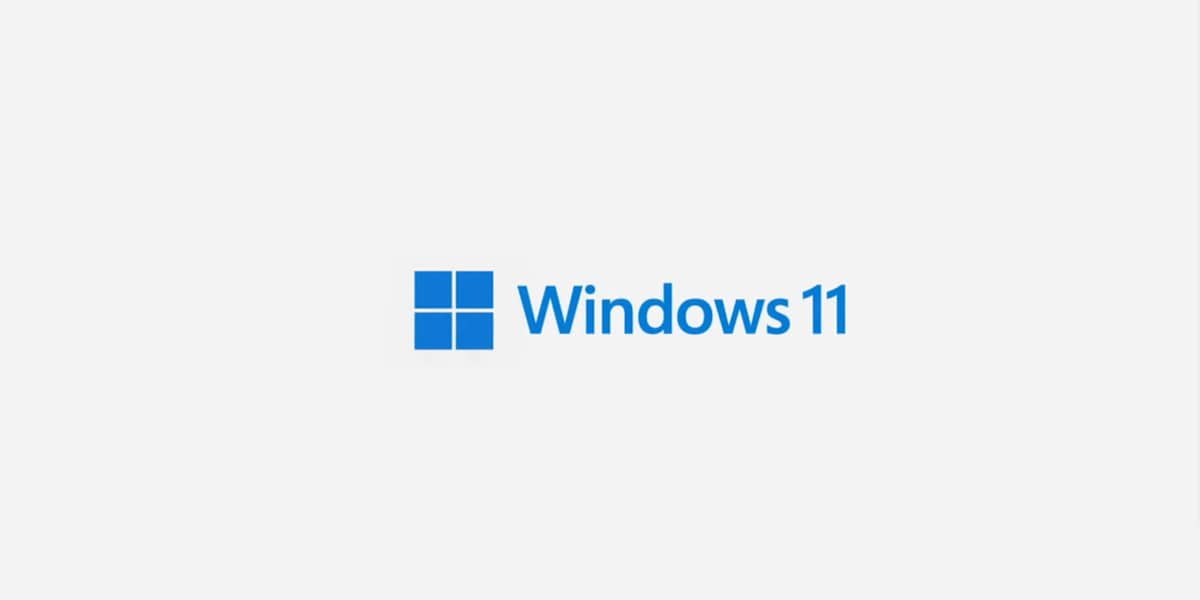Microsoft announced the next upgrade of the Windows operating system – Windows 11, experiencing some significant changes later this year. The promotion will be accessible when Windows 11 is released this winter if you already have Windows 10 installed. We wanted to give you an overview of what changes to expect, the feature and the system requirements.
When is Windows 11 available?
The software will roll out starting in late 2021, according to Microsoft, and will continue throughout 2022. It’s free to upgrade
Which PCs will support Windows 11?
Microsoft says computers and Surface devices pre-installed with Windows 11 will launch later this year. Most PCs running Windows 10 that are currently available should also support the Windows 11 upgrade so long as they run the appropriate specs. Microsoft had initially released a PC Health Check app to test whether your device could run Windows 11. However, Microsoft said “confusion” over how the tool was assessing a device’s compatibility prompted the company to take it down. According to CNet, a new independent open-source tool called WhyNotWin11 could help users figure out whether Windows 11 will work. Key features of Windows 11
Most notable is the interface itself looks sleeker compared to earlier versions of Windows. The software has bolstered its Snap layouts, which allow users to quickly snap an application to their screen, to support multiple configurations depending on what users desire. The operating system also simplifies the docking and redocking process to eliminate the need to reconfigure apps.
Windows 11 will also support Android apps made available through the Amazon app store. Although it lacks the breadth of Google Play, the store still offers big names including TikTok.
Other big features include a revamped Microsoft Store, more detailed Widgets, and different typing options including a one-handed option if you’re on a Surface tablet.
Windows 11 is also reportedly ditching the “blue screen of death,” a Windows PC owner’s nightmare. It will be black instead, according to The Verge.
What if I change my mind after I update
If you’re on Windows 10 and want to go back after you upgrade, Microsoft says users will have a 10-day window “where you can move back to Windows 10 while keeping files and data that you brought along with you.” Past that, users have to back up data and perform a “clean install,” which means re-installing Windows 10 from scratch.
What if I’m happy with Windows 10?
There is no no rush to upgrade to Windows 11. Microsoft isn’t pulling away from Windows 10 anytime soon, according to the updated life cycle page the date will be October 14th, 2025 .




